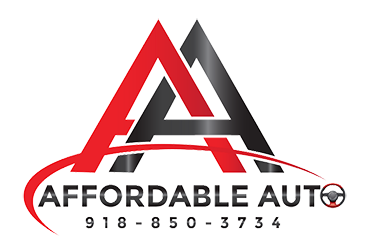Our Commitment to You:
At Affordable Auto, we’re more than just a dealership—we’re your partners in driving toward a brighter future. Founded in 2013 with hundreds of happy customers just like YOU, who have experienced life change because of our In-House financing!
Discover a pressure-free environment where affordability meets trust, and every customer is given a chance to qualify for financing. For over a decade, we’ve been changing lives, one at a time, by providing reliable vehicles and innovative financing solutions.
Why Choose Affordable Auto: Because we are a company with values!
- Affordability: Your journey with us begins with options that fit your budget.
- Pressure-Free Experience: No high-pressure sales tactics—just a welcoming environment for you to make informed decisions.
- Confidence: Drive with confidence, knowing you’re backed by a team dedicated to your success.
- Trust: We prioritize transparency and trust, ensuring you have a clear understanding of every step in the process.
- Creativity: Explore innovative financing solutions tailored to your unique situation.
- Gratitude: We’re grateful for the opportunity to be the vehicle of change in your life.

